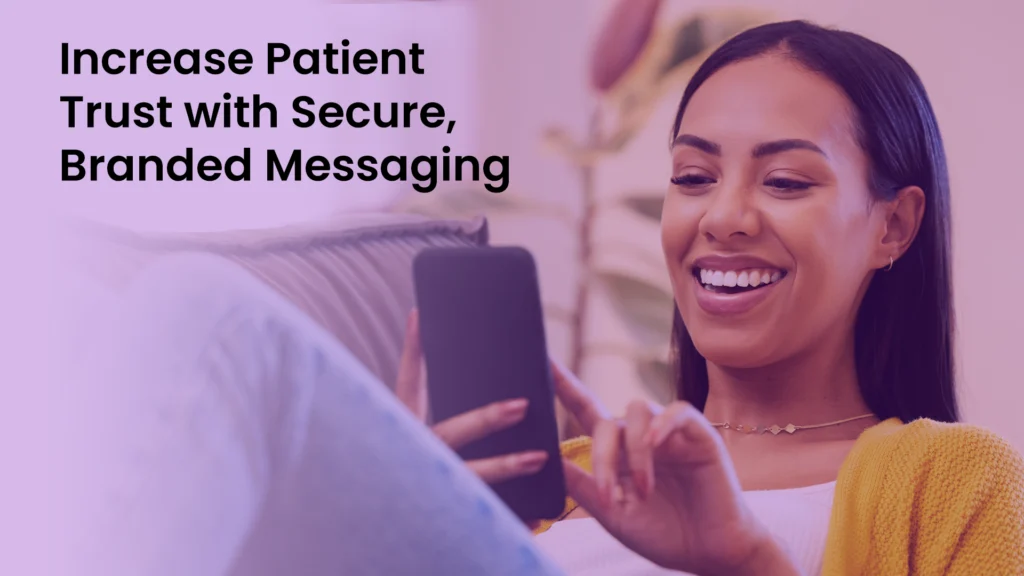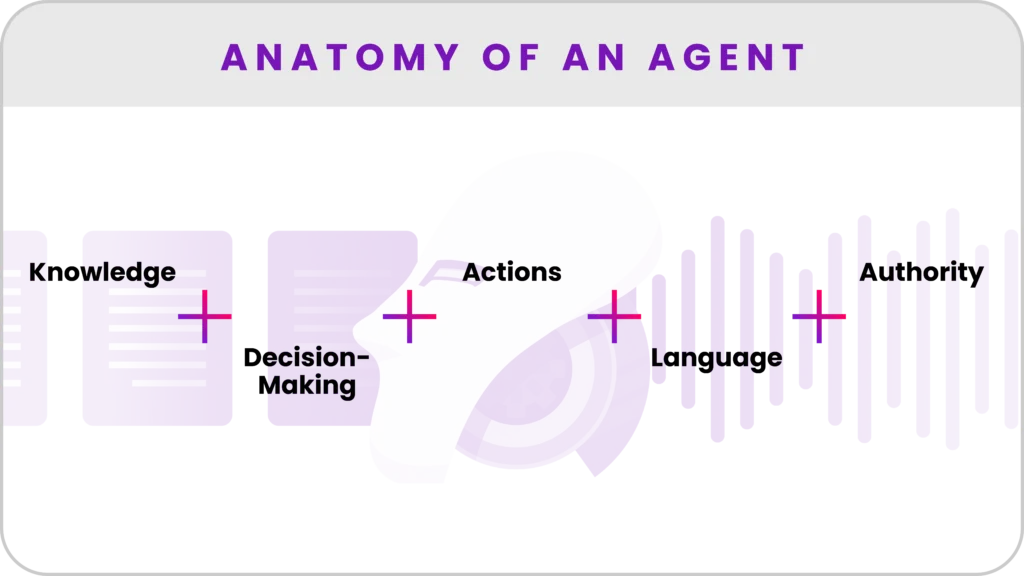For the modern healthcare provider, patient satisfaction is paramount.
Healthcare today looks a lot different than it did a few years ago. The providers that continue to adapt and grow will be those that retain patients.
Optimizing the patient experience means offering modern medical appointments that meet the expectations of the contemporary healthcare consumer.
Providers need to move beyond an outdated model of care, where a patient phones the health center, sits on hold, gets an appointment, sits in the waiting room, fills out forms on pen and paper, and so on. But what exactly makes a medical appointment “modern”?
Let’s start with technology. Research shows that modern healthcare consumers are very open to using intelligent technologies and innovative approaches to data-sharing. On average, each additional technology consumers use increases their appetite for future technology by 5 percent. Providers can capitalize on this opportunity by building out a digital ecosystem of solutions to drive even further adoption and meet consumer demand. When it comes to online medical appointment scheduling, and in many other areas, modern medical appointments share a number of defining features:
They focus on improving consumers’ convenience.
Modern medical appointments are shaped by what modern patients actually want: forms of communication that mirror their normal lives. This shift is driven largely in part by the consumerization of healthcare, which is raising patient expectations around convenience.
To provide convenience to patients, particularly around medical appointments, providers must also personalize the experience. Patients want to receive appointment updates in a seamless, highly personalized manner, especially in light of the ongoing pandemic.
Having an online medical appointment system is the first step toward improving convenience for healthcare consumers. Providers appear to be recognizing this, as more than 80 percent now say their patients prefer an online registration experience, and are therefore offering more online and mobile scheduling as a result.
Touchless patient intake and touchless technology also play a major role in increasing convenience, especially in the era of COVID-19. Patients are able to safely and efficiently engage in a variety of tasks, such as checking in for an appointment online, waiting in a virtual waiting room, or paying a bill electronically.
They fix schedules digitally through healthcare technologies.
Modern medical appointments can be scheduled and rescheduled easily, and without picking up the phone. Patient-friendly providers leverage the power of new communication technologies to host online medical appointment scheduling functions, making the entire process accessible and convenient for all patients.
Rescheduling appointments should be easy for both providers and patients. That being said, a mere 15 percent of patients receive reschedule updates via text. This is far too low. Providers need to be more proactive now more than ever as patients expect some sort of re-engagement.
When patients are looking for an easy and streamlined patient access experience, they may ponder the following questions:
- Can I schedule my appointments online?
- Can I manage my health information online?
- Am I able to make my payments online?
- Can I complete all of these from my mobile device, at my convenience?
If you are able to answer yes to these questions, then you are offering the modern medical appointments that patients want. However, if you are still relying on manual data entry, phone calls, and old systems of payment, patients may start looking elsewhere.
They minimize unnecessary costs.
Modern medical appointments create benefits for providers as well as patients. How? Manual data entry not only wastes valuable time; it also opens the door to safety issues and revenue leakage. Studies show that appointment booking errors cost up to $2,000 per patient. Additionally, patient identification errors cost healthcare facilities an average of $1.5 million in revenue each year.
Adopting a technologically-driven platform improves operational efficiency. When you automate a significant volume of patient communication – from the initial touchpoint to treatment and record keeping – you not only improve slot utilization; you also reduce no-shows and maximize the value of your team.
By maximizing appointments and time efficiency, you will lower the cost of connecting with patients and drive increased revenue to enhance your bottom line. Keeping track of medical appointments, if not done efficiently, will potentially cost you patients. Moving toward a model of modern medical appointments will help you escape this fate.
Moreover, recent research reveals that no-shows usually signal ineffectively engaged patients, with as many as 50 percent of patient referrals never completed. Again, technologically-powered systems such as WELL can solve no-show issues by enabling seamless message delivery to coordinate virtual care.
Such systems will not only save valuable staff time and resources — they will also maximize the value of your existing telehealth investments and improve patient satisfaction. This will remain vital for providers, especially in managing an online medical appointment system now and in the future.
They include real conversations, not only basic automation.
Modern medical appointments allow companies to upgrade from executing basic automation to creating valuable conversations with patients. Platforms like WELL facilitate complex and meaningful exchanges that benefit both the patient and the care provider.
Opening up a conversation alleviates workflows, and ensures that patients can do as much as they can before they visit your care center. Such a system also recaptures more of what you might lose when completing appointments manually or through phone conversations.
In fact, empirical evidence suggests that ‘computer-mediated communication’ — conversing through an electronic system — can actually become more effective and fulfilling than face-to-face communication. Modern medical appointments enable patients to converse about their care how they like.
Contact WELL Health today to see how a full-solution communication hub can help you offer and provide truly modern medical appointments. ♥



